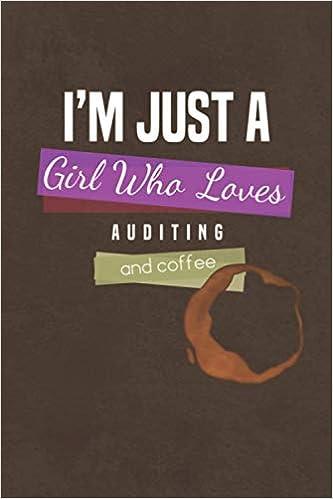Question
You are studying cooperative breeding in scrub jays down in sunny Florida. This species has helpers at the nests and experiences habitat saturation which makes
You are studying cooperative breeding in scrub jays down in sunny Florida. This species has helpers at the nests and experiences habitat saturation which makes breeding on your own often unsuccessful for young birds so helping more likely for them (see text, notes). Habitat saturation can change from year to year. Using information from DNA, you determine that helpers are very often offspring of the adults from a previous year. Helpers then typically aid in the raising of their full-siblings, with the average value of relatedness between helpers and the young they help = 0.47. You collect some population-level data. You find that the average number of fledglings raised in groups with helpers is 4.2, while the average number of fledglings raised in groups without helpers is 2.4. In groups that had helpers, they averaged 1.1 helpers per nest. Helpers are young birds that do not have any young of their own. You can assume that if helpers had instead tried to reproduce on their own and not help, they would have had a reproductive success of 1.5 young for first time breeders.
1. Calculate the fitness of helpers. Show your work. Is their fitness entiredly indirect or a combination of direct and indirect?
2. Is helping favored by Hamiltons rule? Use the version of the rule for when the actor is forgoing their reproduction as their cost. You can assume for now that if they didnt help they would have RS of 1.7 young. Show your work please.
3. In lecture I will discuss the problem of habitat saturation, which makes it unlikely for first time breeding jays to be successful. So, imagine it is a bad year and young scrub jays attempting to breed for the first time actually have only a 20% chance of raising young (proportion 0.20). Is it better for them to stay and help or is it better to roll the dice for the 20% chance they can have a nest and raise 1.7 young? Calculate the fitness gained in both circumstances which is higher?
4. What does it mean if Hamiltons rule is fulfilled?
5. Lets consider a different scenario. A female capuchin monkey runs and grabs 2 sisters away from a dangerous harpy eagle. When she did this dangerous behavior, she had a 0.6 probability of dying. Would Hamiltons rule be true here? Show work (use the traditional version of Hamiltons rule)
6. What if she instead saved 6 cousins instead? Show work
Step by Step Solution
There are 3 Steps involved in it
Step: 1

Get Instant Access to Expert-Tailored Solutions
See step-by-step solutions with expert insights and AI powered tools for academic success
Step: 2

Step: 3

Ace Your Homework with AI
Get the answers you need in no time with our AI-driven, step-by-step assistance
Get Started


